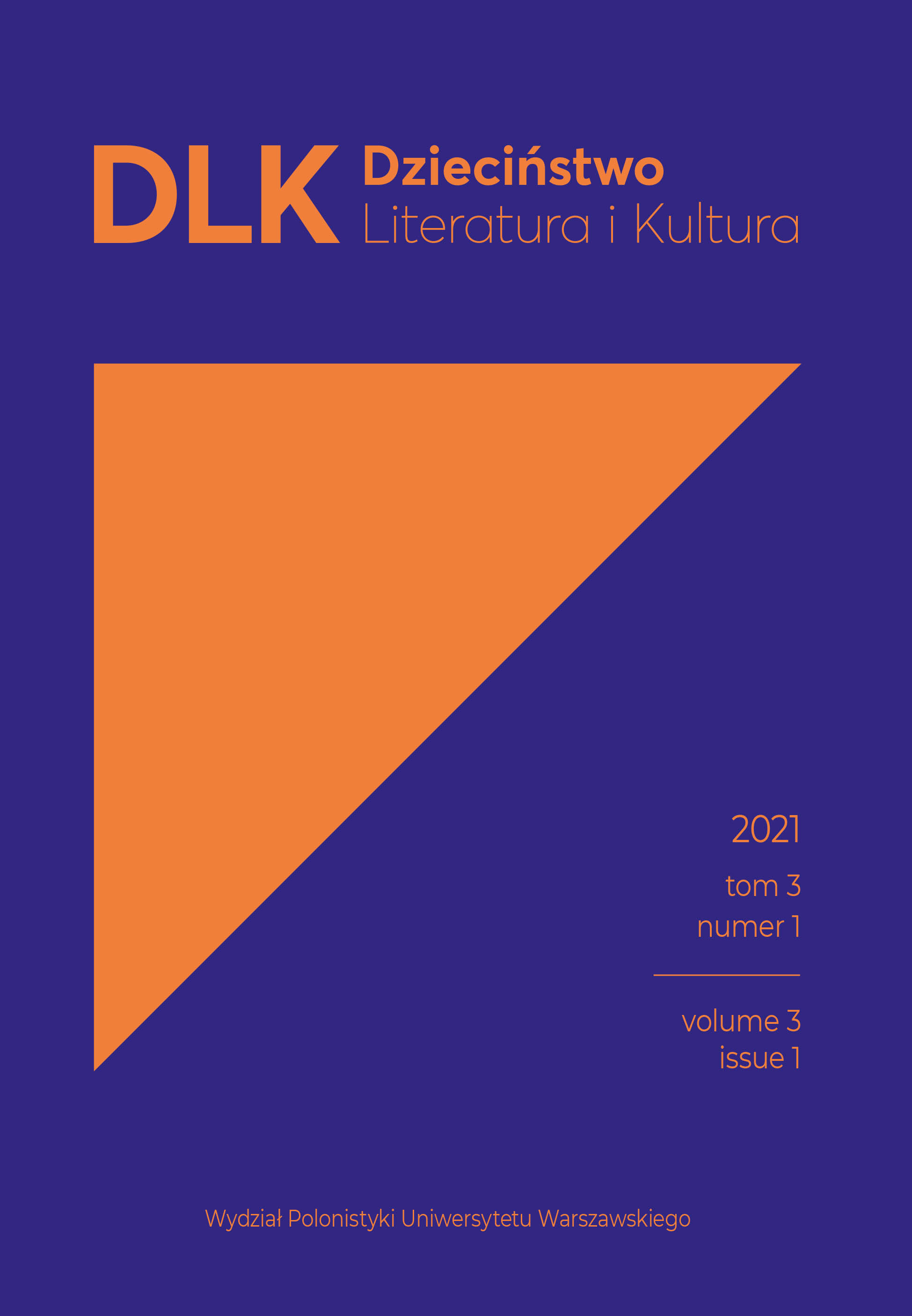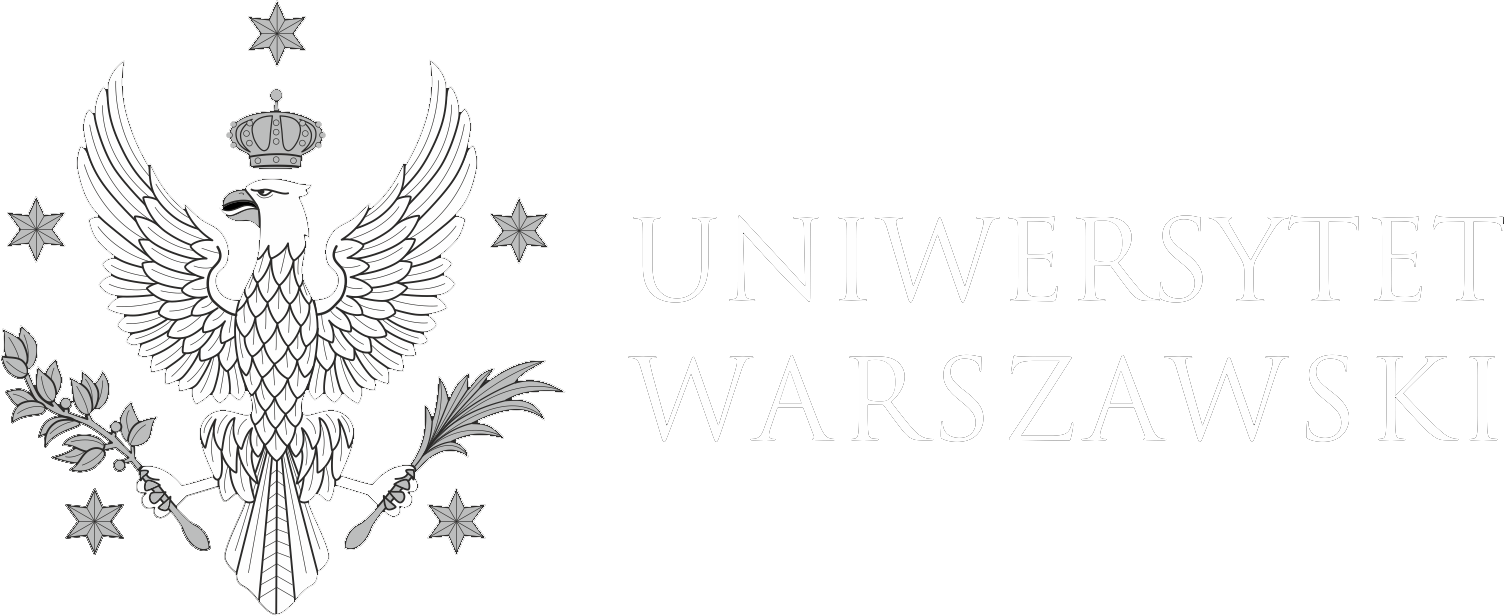Czy film daje taką samą siłę jak książka? Rozważania nad upodmiotowieniem w Siedmiu minutach po północy
Abstrakt
Celem artykułu jest omówienie Siedmiu minut po północy (2016) J. A. Bayony, filmowej adaptacji powieści Patricka Nessa (2011) pod tym samym tytułem opartej na oryginalnym pomyśle Siobhan Dowd, z perspektywy teorii upodmiotowienia. Autorka artykułu wskazuje, że między książką a filmem istnieją pewne istotne różnice, zwłaszcza w zakrasie upodmiotowienia bohatera i potencjalnej młodej publiczności. Wyniki tej analizy porównawczej pokazują, że film ma większy potencjał afektywnego upodmiotowienia niż powieść. Wynika to głównie z faktu, że w książce Ness umiejętnie stosuje narrację słowną (której towarzyszą ilustracje Jima Kaya), podczas gdy w filmie Bayona wykorzystuje możliwości, jakie daje medium audiowizualne, zapewniając widzom artystyczne i psychologiczne upodmiotowienie.
Słowa kluczowe
Siedem minut po północy; adaptacja; film dziecięcy i młodzieżowy; literatura dziecięca i młodzieżowa; upodmiotowienie; J. A. Bayona; Patrick Ness
Bibliografia
Atienza, B., Horwits, M., King, J. (Producers), & Bayona, J. A. (Director). (2016). A monster calls [Motion picture]. Spain, United Kingdom, & United States: Universal Pictures & Entertainment One Films.
Bloom, B. S. (Ed.). (1956). Taxonomy of educational objectives. Book 1: Cognitive domain. New York, NY: David McKay.
Buckley, C. (2014). Gothic and the child reader, 1850–present. In G. Byron & D. Townshend (Eds.), The Gothic world (pp. 254–263). London & New York, NY: Routledge.
Day, G. (2012). Good grief: Bereavement literature for young adults and A Monster Calls. Medical Humanities, 38(2), 115–119. https://doi.org/10.1136/medhum-2012-010260.
Facione, P. A. (2015). Critical thinking: What it is and why it counts. Insight Assessment. Retrieved from https://www.insightassessment.com/About-Us/Measured-Reasons/pdf-file/Critical-Thinking-What-It-Is-and-Why-It-Counts-PDF/(language)/eng-US. (Original work published 1992).
Farnia, F. (2017). A comparative study of the model of empowerment in six selected Iranian and English young adult novels. Unpublished PhD thesis, The International Division, Shiraz University, Shiraz, Iran.
Farnia, F., & Pourgiv, F. (2017). Empowerment in A Monster Calls by Patrick Ness. LiBRI, 6(2), 41–49.
Greene, E., & Del Negro, J. M. (2010). Storytelling: Art and technique (4th ed.). Santa Barbara, CA: Libraries Unlimited.
Jones, N. (2012, June 14). A Monster Calls: Patrick Ness and Jim Kay talk about their Carnegie and Greenaway wins. The Telegraph. Retrieved from https://www.telegraph.co.uk/culture/books/9331493/A-Monster-Calls-Patrick-Ness-and-Jim-Kaytalk-about-their-Carnegie-and-Greenaway-wins.html.
Khosronejad, M. (2004). M's ūmīyat Va Tajrubih: Darāmadī Bar Falsafiy Adabīyat-i Kūdak. Tehran: Markaz Publication.
Klammer, S. (n.d.). 100 art therapy exercises – the 2019 updated list. Expressive Art Inspirations. Retrieved from https://intuitivecreativity.typepad.com/expressiveartinspirations/100-art-therapy-exercises.html.
López Díez, J. (2018). J. A. Bayona’s ecstatic truth. International Journal of Film and Media Arts, 3(1), 40–55.
McCort, J. R. (2016). Introduction: Why horror? (Or, the importance of being frightened). In J. R. McCort (Ed.), Reading in the dark: Horror in children’s literature and culture (pp. 3–36). Jackson, MS: University Press of Mississippi.
McCullum, R. (2018). Screen adaptations and the politics of childhood: Transforming children’s literature into film. London: Palgrave MacMillan.
Moradpour, N. (2016). Shigardhā-Yi Tamarkuzzudāyy Dar Qis s ihā-I Īrānī Bi Kūshishi. Injavī Yi Shīrāzī. Iranian Children’s Literature Studies 6(2), 139–164.
Ness, P. (2011). A monster calls: Inspired by an idea from Siobhan Dowd. New York, NY: Candlewick.
Nikolajeva, M. (2010). Power, voice and subjectivity in literature for young readers. New York, NY & London: Routledge.
Sadan, E. 2004. Empowerment and community planning (R. Flantz, trans.). Retrieved from http://www.mpow.org/elisheva_sadan_empowerment.pdf. (Original work published 1997).
Sasada, H. (2013). The portrayal of monsters in illustrated children’s books: Catharsis in A Monster Calls. Bulletin of Seisen University, 61, 67–79.
Sun, K. (2018). Real dragons: Monster symbolism in Maurice Sendak’s Outside Over There, Neil Gaiman’s Coraline, and Patrick Ness’ A Monster Calls. The Looking Glass, 21(1), 10–14.
Taylor, M. A. (2010). The monster chronicles: The role of children’s stories featuring monsters in managing childhood fears and promoting empowerment. Unpublished master’s thesis, Faculty of Creative Industries, Queensland University of Technology, Brisbane, Australia. Retrieved from https://eprints.qut.edu.au/37305/1/Michelle_Taylor_Thesis.pdf.
Uniwersytet w Shiraz Iran
https://orcid.org/0000-0002-4607-6567
Fatemeh Farnia – dr, członkini Ośrodka Badań Literatury Dziecięcej na Uniwersytecie w Shiraz (Iran). Jej zainteresowania badawcze obejmują upodmiotowienie w literaturze dziecięcej i młodzieżowej, zwłaszcza w książkach obrazkowych i powieściach dla młodych dorosłych, a także teorię literatury dziecięcej. Kontakt: ffarnia@hotmail.com.

Utwór dostępny jest na licencji Creative Commons Uznanie autorstwa 4.0 Międzynarodowe.
Polityka Open Access
Wszystkie artykuły prezentowane na łamach „Dzieciństwa. Literatury i Kultury” są publikowane w otwartym dostępie na licencji Creative Commons – Uznanie autorstwa 4.0 Międzynarodowe (CC BY 4.0). Oznacza to, że:
- mogą być udostępniane i cytowane pod warunkiem jednoznacznego i klarownego wskazania autora/autorki/autorów/autorek przywoływanego tekstu;
- nie można korzystać ze środków prawnych lub technologicznych, które ograniczałyby innych w wykorzystywaniu tekstu na warunkach określonych w licencji.
Więcej informacji: https://creativecommons.org/licenses/by/4.0/legalcode.pl





